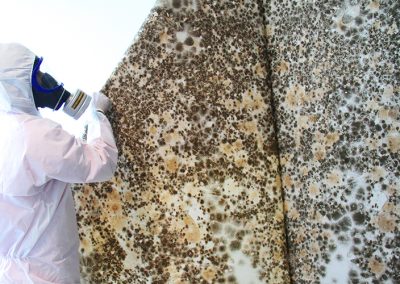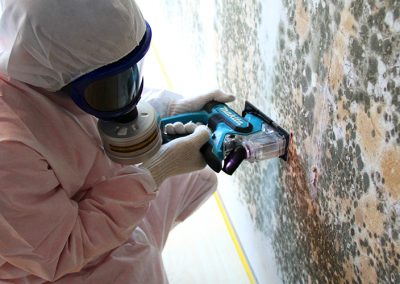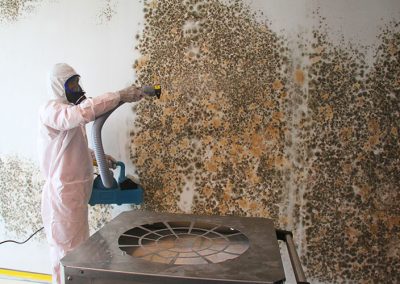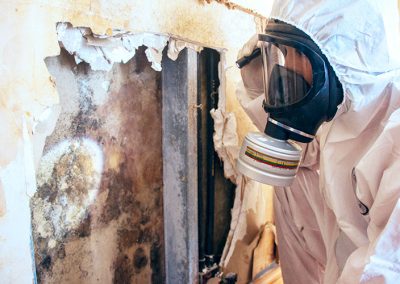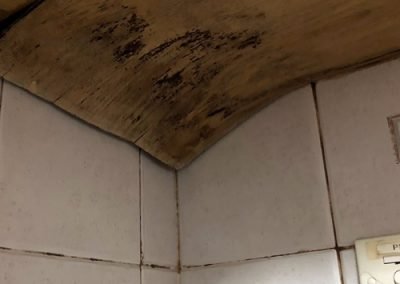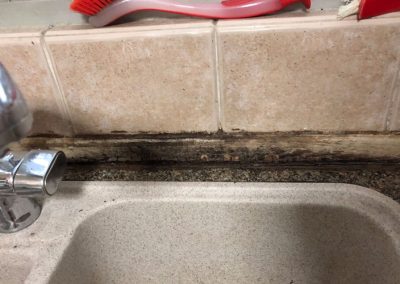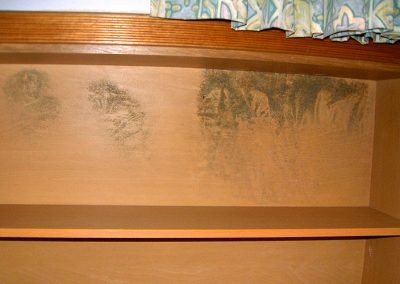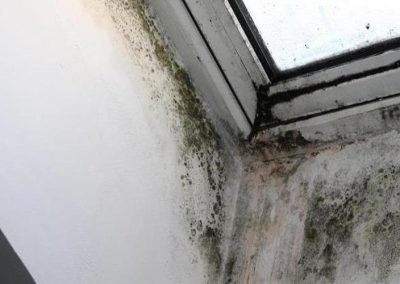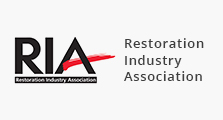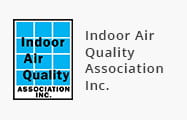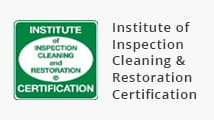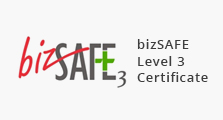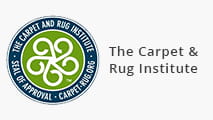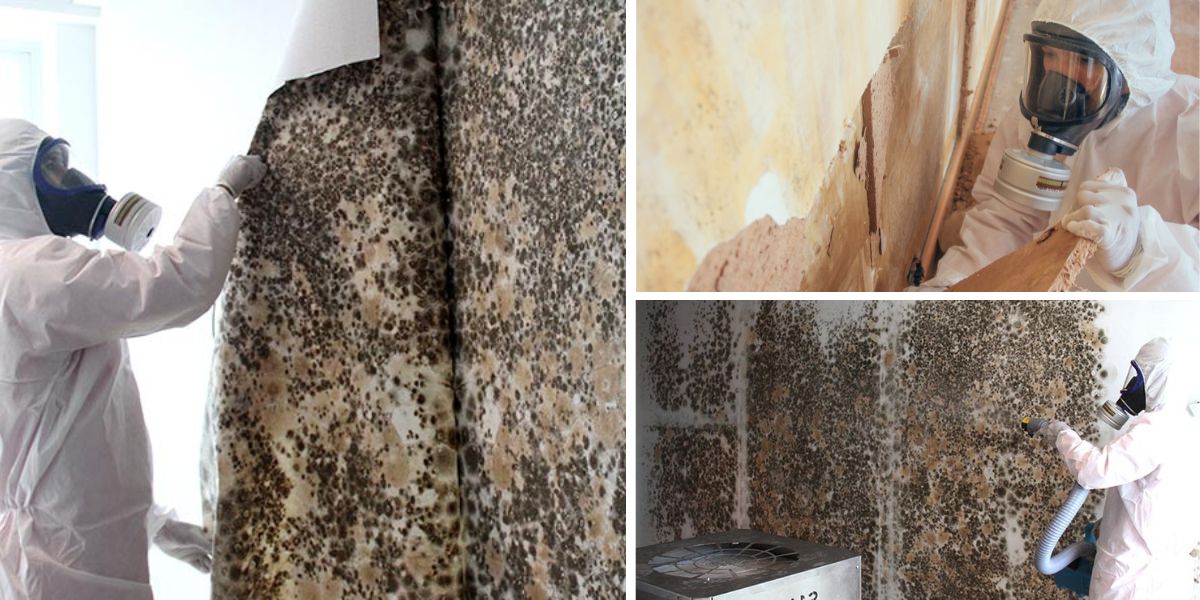
Is Mold Compromising Your Space in Singapore?
Unveiling the Hidden Mold Risk in Your Home and Office
Mold, a common yet often overlooked problem, thrives in Singapore’s humid environment. It can be a silent threat in both homes and business premises, potentially causing health issues like allergies and respiratory conditions, particularly for those with asthma. The concern extends beyond health, as mold can also lead to property damage, affecting the integrity and value of your real estate.
At Disaster Restoration Singapore (DRS), we specialize in mold remediation tailored to Singapore’s unique climate. Our focus is not just on removing mold, but on safeguarding your health and property, ensuring a clean, safe, and mold-free environment.
Are You Experiencing Symptoms of Mold Exposure?
Identifying the Unseen Risks in Your Environment
Mold, often invisible to the eye, can manifest in various health symptoms, subtly impacting residents and employees alike. Recognizing these signs is key to addressing mould issues promptly:
- Allergic Reactions: Sneezing, runny nose, red eyes, and skin rash. Mold allergies are common and can resemble those caused by other allergens.
- Respiratory Issues: Individuals with asthma or chronic lung diseases may experience worsened symptoms, including difficulty breathing, wheezing, or chest tightness.
- Persistent Irritations: Prolonged exposure can lead to throat irritation, coughing, or headaches.
- Fatigue and Discomfort: Unexplained fatigue, dizziness, or general malaise can sometimes be linked to mold exposure, especially in prolonged cases.
In commercial settings, these symptoms can lead to decreased productivity and increased sick leaves, while in homes, they can significantly impact the quality of life. Early detection and remediation are essential in preventing these health risks from escalating.
What Type of Mold is in Your Space?
Identifying Common Molds and Their Habitats
Mold varies in type and preferred environment. Recognizing these is crucial for early detection:
- Aspergillus: Often in homes and offices, found on dust and building materials, causes respiratory issues.
- Cladosporium: Prefers cooler spaces, grows on fabrics and woods, linked to skin and lung problems.
- Black Mold (Stachybotrys): Dangerous, thrives in wet areas, produces health-harming toxins.
- Penicillium: Common on water-damaged materials, can cause allergies and breathing difficulties.
Typical Habitats:
- Damp Spaces: Bathrooms, basements, and kitchens.
- Water Damage Areas: Around leaks in pipes or roofs.
- Areas with Poor Ventilation: Encouraging moisture buildup.
Maintaining a dry, ventilated environment is key to preventing mold. Regular inspections in susceptible areas help control its spread.
Commercial Mold Removal Projects
Residential Mold Removal Projects
How Does Our Unique Mold Removal Process Work?
Our proven process sets us apart in effectively handling mold issues.
Initial Assessment
- Detailed Inspection: Our team conducts a thorough evaluation of your property, using advanced tools to detect mold even in hidden areas.
- Identifying the Source: We determine the cause of mold growth, such as moisture issues or leaks, to prevent future occurrences.
Customized Treatment Plan
- Tailored Solutions: Based on the assessment, we develop a treatment plan specifically designed for your space’s needs, whether residential or commercial.
- Client Involvement: We ensure transparency by discussing the plan with you, addressing any concerns and ensuring it aligns with your expectations.
Advanced Remediation Techniques
- State-of-the-Art Methods: We use the latest remediation techniques and eco-friendly products to effectively remove mold without harming the environment or your health.
- Comprehensive Approach: Our method involves not just removal but also preventing future growth, ensuring a long-term solution.
Post-Remediation Verification
- Quality Assurance: After remediation, we conduct rigorous testing to confirm the complete removal of mold.
- Final Report: A detailed report is provided, outlining the work done and offering advice on maintaining a mold-free environment.
What Health Benefits Can You Expect After Mold Remediation?
Post-professional mold remediation, the improvements in air quality and health are significant:
- Enhanced Air Quality: Mold removal purifies the air, reducing contaminants that can cause respiratory issues and allergic reactions. Cleaner air leads to a healthier living and working environment.
- Reduced Health Risks: With the elimination of mold, the risk of mold-related health problems significantly decreases. This means fewer allergic symptoms, respiratory issues, and an overall improvement in well-being.
- Peace of Mind: Knowing your space is mold-free brings mental comfort. Reduced health concerns mean less stress and a more enjoyable, safe environment for families and employees.
Why Rely on DRS for Mold Management?
At Disaster Restoration Singapore (DRS), we understand the critical importance of maintaining a mold-free environment in both residential and commercial spaces. Our comprehensive mold cleaning services are designed to address various mold issues, ensuring the safety and well-being of occupants.
Expertise and Accreditation in Mold Removal, Cleanup, and Remediation
DRS stands out in the field of mold management, thanks to our comprehensive expertise in mold removal, mold cleanup, and mold remediation, backed by significant certifications:
- Restoration Industry Association (RIA): Our RIA affiliation underscores our dedication to top-notch standards in mold remediation and restoration.
- Indoor Air Quality Association Inc (IAQI): As members, we ensure cutting-edge practices in maintaining superior indoor air quality after mold cleanup.
- Institute of Inspection Cleaning & Restoration Certification (IICRC): Our IICRC certification validates our proficiency in advanced mold removal and restoration techniques.
- bizSafe Level 3 Certificate: This accreditation affirms our commitment to upholding stringent safety protocols during all mold management tasks.
- The Carpet & Rug Institute (CRI): Our association with CRI demonstrates our skill in preserving carpet integrity throughout the mold cleanup process.
When to Call Mold Remediation Experts
Identifying Critical Signs for Professional Intervention
Be alert to these key indicators that signal the need for professional mold remediation:
- Visible Mold Growth: Beyond small patches, extensive visible mold indicates a deeper issue.
- Persistent Musty Odor: A continuous, unexplained musty smell often signifies hidden mold.
- Water Damage History: Past leaks or flooding are precursors to mold problems.
- Health Symptoms: Experiencing unexplained allergies, respiratory issues, or headaches? Mold might be the culprit.
- Humidity Issues: High indoor humidity levels can foster mold growth.
Prompt recognition of these signs is crucial. Delay can exacerbate the problem, leading to more significant health risks and property damage. At the first hint of these symptoms, it’s wise to consult mold remediation experts. DRS offers a swift and thorough assessment, ensuring peace of mind and a healthy environment.
Keeping Mold at Bay: Effective Maintenance and Prevention Tips
Simple Steps to Maintain a Mold-Free Environment
Implement these practical tips to prevent mold growth in your space:
- Control Humidity: Keep indoor humidity below 60%. Use dehumidifiers and air conditioners, especially in humid climates.
- Ventilate Well: Ensure good ventilation in high-moisture areas like bathrooms and kitchens. Use exhaust fans to reduce moisture.
- Fix Leaks Promptly: Address water leaks immediately, whether from pipes, roofs, or windows, to prevent mold growth.
- Dry Wet Areas: Quickly dry any area that becomes wet – from spills, leaks, or condensation.
- Regular Cleaning: Keep your space clean, especially in areas prone to moisture. Regularly clean and inspect under sinks, in basements, and around appliances.
By following these straightforward maintenance and prevention strategies, you can significantly reduce the risk of mold growth. Remember, consistent care is key to keeping your residential or commercial space healthy and mold-free.
Ready to Ensure a Mold-Free Environment?
Contact DRS Today for Peace of Mind
Don’t wait until mold takes over your space. Take the first step towards a healthier, mold-free environment now. Our team at DRS is ready to provide expert mold remediation services, ensuring clean air and a safe space for both your family and colleagues.
Frequently Asked Questions
What is Mold?
Mold or Mould is used to refer to fungi that grows on varied surfaces when in a conducive environment.
How does mold grow?
Mold can potentially grow anywhere when moisture is present. They can reproduce through spores, which can be carried by air. Spores landing on a moist/damp surface can result in more mold growth.
What is mould remediation?
Mould remediation can be carried using different remediation techniques depending on the severity of mold contamination.
A qualified mold remediator can confirm the type of remediation required after a visual assessment.
He could suggest a spot remediation or full remediation depending extent of mold growth.
The remediation process also involves pre and post remedial moisture, air and surface testing to ensure the root cause of the problem is eliminated.
What are the health risks of mold exposure? What are symptoms and signs of mold allergy?
Besides being an irritant, mold exposure can be a potential health risk especially to infants, elderly, pregnant women and to people with chronic lung disease. Depending on the type and amount present, mold could trigger asthma, allergies and aggravate a weakened immune system. Some of the symptoms and signs of mold allergy could be:
- Sneezing
- Runny nose
- Coughing
- Wheezing
- Watery eyes
- Redness of the eyes
- Itchy eyes
- Skin irritation or rash
Can you get sick from mold in your house?
Depending on the type and amount, mold in the house could make you sick and aggravate latent allergies or trigger asthma. Whether you have an allergy to mold or not, exposure to it can cause irritation to the eyes, skin, nose, throat and lungs.
Can black mold kill?
Black mold exposure can cause coughing and sneezing, irritation to eyes, mucous membranes of the nose and throat, headaches and chronic fatigue. A prolonged exposure to black mold can prove to be more dangerous and can result in organ failure, debilitated immune system and brain damage – which could result in death. Black mold is also classified as a carcinogenic. They can also produce Mycotoxins, intake of which could cause diseases which can be fatal in humans and animals.
Can you smell mold or mildew?
Microbial Volatile Organic Compounds (MVOCs) that are emitted from mold and mildew can give out a musty smell which can also be pungent. It is usually unpleasant and it can be uncomfortable to be in a room where a musty smell is present.
How to clean mold?
Mold spreads very quickly if preventive measures aren’t taken. Although there are some measures that can be taken at home, mold is best treated by hiring a professional. In certain cases, DIY could worsen the problem.
How long does it take for mold spores to die?
Any wet/damp materials and furnishings should be cleaned within 1-2 days of the first appearance of mold to prevent regrowth. Mold dies without water but the spores do not. Spores can regrow into colonies of mold if exposed to water again. The invisible mold spores are the main reason to hire a mold remediation expert to address the root of the problem.
If you have a mold problem – ACT QUICKLY!
Mold damages what it grows on. The longer it grows, the more damage it causes. Our team of subject matter experts and highly-trained technicians are on standby 24/7 to remove and remediate mold and fungus problems.
Call DRS now at 9222 9222.
If you have a mold problem – ACT QUICKLY!
Mold damages what it grows on. The longer it grows, the more damage it causes. Our team of subject matter experts and highly-trained technicians are on standby 24/7 to remove and remediate mold and fungus problems.
